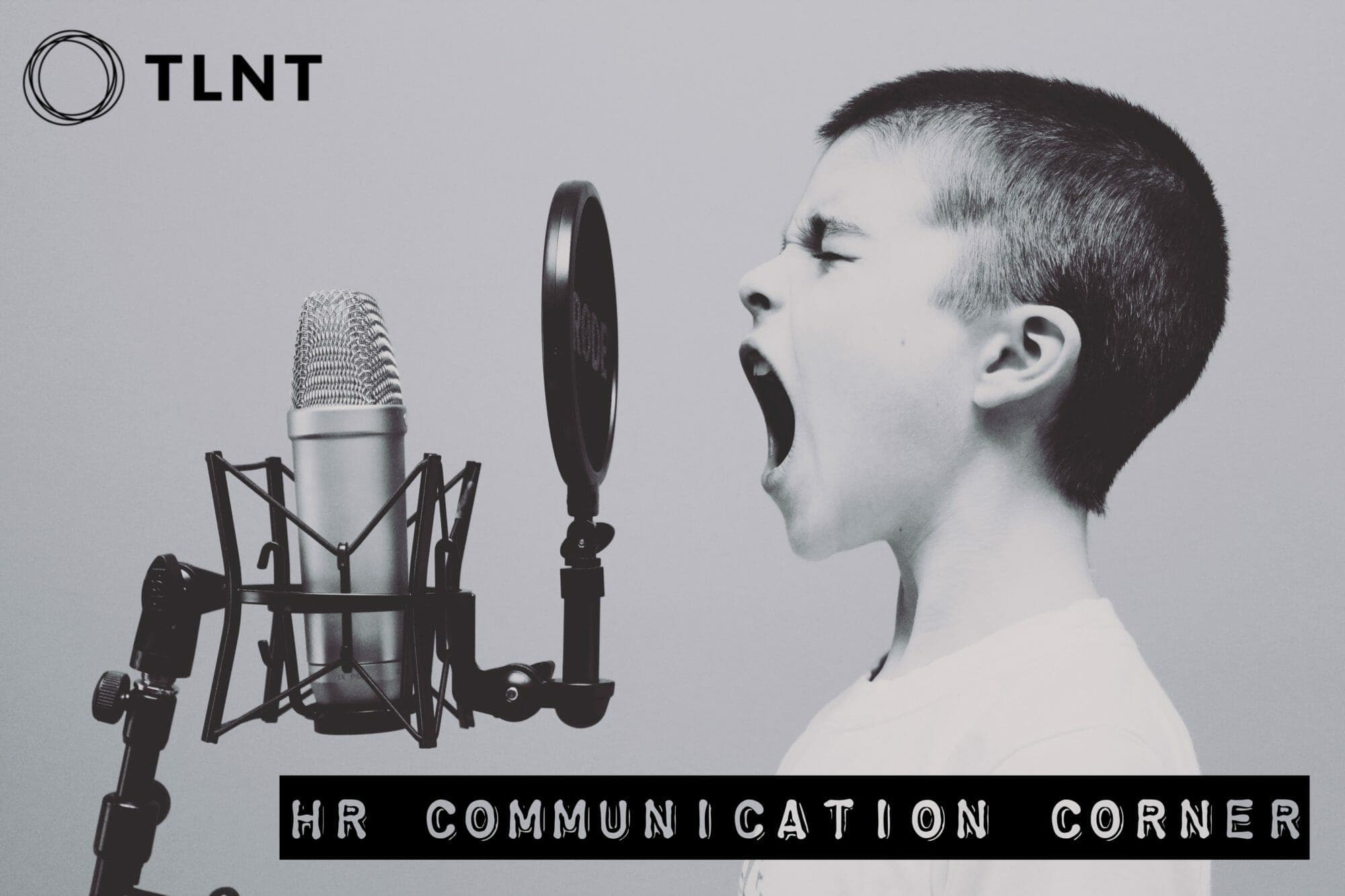Following the recent Supreme Court justice confirmation hearings and the presidential and vice presidential debates, you heard the pundits, as well as regular people, talk about talk. That is, many media interviews focused on the “communication style” of the politicians and how they were either “likable” or “unlikable.”
In fact, various political poll questions often focus on “favorability” ratings and associated opinions about how “communication styles” contribute to popularity (or its absence).
What about you? Based on your language and communication style, what would the pundits and polls say about your likability?
What Language and Communication Habits Contribute to Your Own Likability?
Questions vs. Commands
Likable: “Would you please have that proposal to me by Wednesday.” Or: “Can you please have that proposal to me by Wednesday?”
Less so: “Have that proposal to me by Wednesday.”
Statements vs. Imperatives
Likable: “Poor customer service will eventually show up in declining profits.”
Less so: “If you advertise great service, then give it! Train your people!”
Overlapping vs. Interruptions
Likable: Overlapping is the term for talking while someone else is talking — but in a supportive way rather than an attempt to drown out the person. Deborah Tannen’s bestsellers, written more than two decades ago, refers to the overlapping habit common among women more so than men. For example, someone may be talking about the terrible customer service they just experienced at the auto shop. The listener may be nodding while she’s talking and saying things like “How awful!” or “I can’t believe they did that!” “Same thing, same thing, same thing…with me last time I had my car in the shop!”
Less so: Interrupting is the term for talking while someone else is talking — with the intent to either divert attention to themselves, to overpower the other person, or to refute what the other person is saying.
Dialogue vs. Monologue
Likable: In today’s climate, people want to engage and offer input, particularly on matters that affect their lives at work and at home. Whether you’re emailing, texting, writing website copy, or giving an executive briefing, employees expect to have a conversation, to ask questions, to give opinions, to share their personal stories that relate to your “message” or information. The same goes for personal interactions at work or during social occasions.
Less so: Pronouncements about procedures and even policies — without opportunity for discussion — makes people feel like they are the “children” of an organization rather than team members working toward a common mission. The same goes for personal interactions: No one likes attending a social event and encountering an all-about-me windbag.
Listening vs. Talking — the Differential
Likable: Consider a 60% listening/40% talking differential in a conversation with friends. They’ll walk away from the conversation thinking you’re the best conversationalist they know. People love to talk about themselves, their activities, and their interest. Those in sales should make it a 70% listening/30% talking ratio!
Less so: The more someone talks, the less time they have to listen and learn from the others. Common labels for those who “out-talk” their welcome: “Pushy.” “Arrogant.” “Disrespectful.“ Cocky.” “Self-absorbed.”
Positive Word Choices vs. Negative Word Choices
Likable: “Please tell me more about your concern with this process.” “People generally do better when their primary job focuses on both their passion and special expertise.” “I’d like you to meet Casey, who works with me.”
Less so: “So what’s your complaint about the process?” “I recommend you stay in your lane — find a job that you care about and have some expertise in.” “I’d like you to meet Casey, who works for me.”
Body Language: Positive vs. Negative
Likable: Genuine smiles that involve the eyes. Relaxed, but energetic posture and movement. Gestures with open hands and arms rather than pointing fingers.
Less so: Fake smiles. Smirks. Mocking sneer. Rigid posture. Arms across the chest in a closed position while listening. Steepled hands. Arms and hands gesturing downward. Finger-pointing, particularly in someone’s direction when talking to them. Uplifted chin (elicits the comment, “He’s stuck up — always has his nose in the air!”).
If you want to be persuasive — and likable — consider these inroads to improve relationships and possibly create a “new you.”
